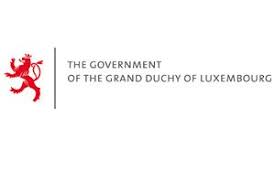Dimension 28.1 assesses the extent to which information is presented in in-year reports and in a form that is easily comparable to the original budget (i.e., with the same coverage, basis of accounting, and presentation). The division of responsibility between the MOF and line ministries in the preparation of the reports will depend on the type of accounting and payment system in operation (centralized, deconcentrated or devolved). In each case the role of the MOF will vary between:
- Centralized capture and processing of budgetary unit transactions along with production and distribution of various types
- of budgetary unit specific and aggregated/consolidated reports;
- Production and dissemination of budgetary unit specific and aggregated/consolidated reports based on budgetary unit capture and processing of transactions;
- Consolidation/aggregation of reports provided by budgetary units (and where applicable, from deconcentrated units) from their accounting records;
Dimension 28.2 assesses whether this information is submitted in a timely manner and accompanied by an analysis and commentary on budget execution.
Dimension 28.3 assesses the accuracy of the information submitted, including whether expenditure for both the commitment and the payment stage is provided. This is important for monitoring budget implementation and utilization of funds released. Accounting for expenditure made from transfers to deconcentrated units within central government should be also included.
Countries may produce different reports on budget execution within a fiscal year, for example with different coverage or different degrees of detail. For the purposes of scoring of this indicator the same types of reports should be examined in every dimension of this indicator. Timing, accuracy, coverage and comparability would thus be assessed for the same set of reports.





